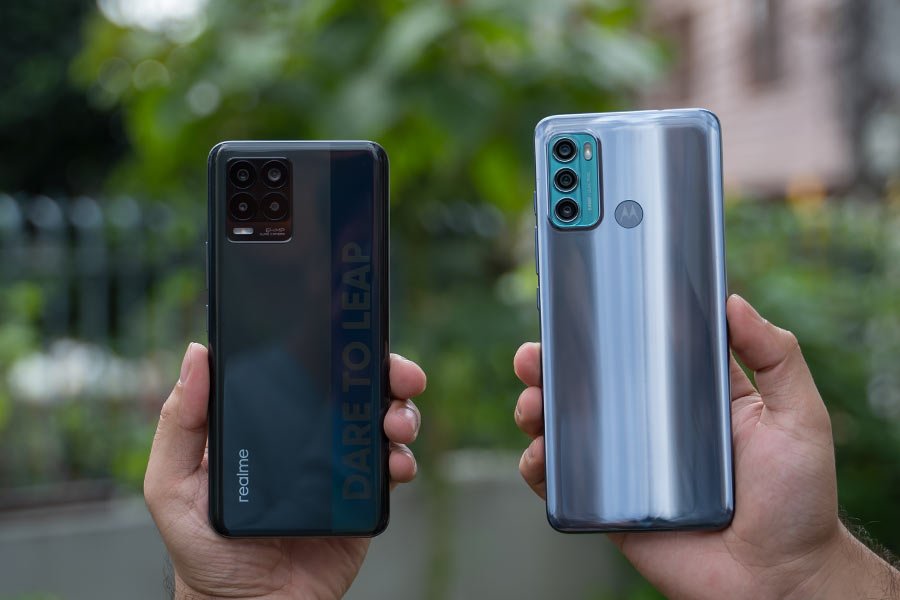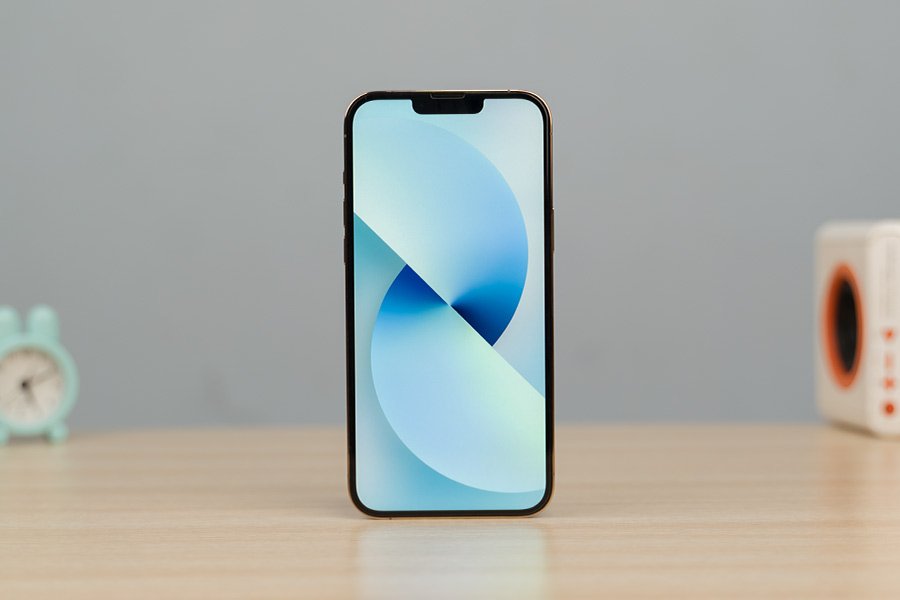
Back in May this year, Google revealed that it had been working with Samsung in developing a reimagined version of Wear OS for Android smartwatches. As expected, Samsung was the first to show off the new Wear OS-powered smartwatches with its Galaxy Watch 4 series. And it won’t come as a surprise when I say that these are some of the most exciting smartwatches to grace the market in recent times. More on our review of the Samsung Galaxy Watch 4 and Watch 4 Classic.
Design
- Aluminum / Stainless steel case
- 20mm (universal) silicone strap
- 5 ATM, IP68 dust/water resistant
- MIL-STD-810G compliant
Starting this review of the Samsung Galaxy Watch 4 and Watch 4 Classic, let’s first get the basics out of the way. Samsung is finally unifying its smartwatch lineup with the Watch 4 series—meaning there isn’t going to be a separate “Active” device this year. The sporty version featuring a digital bezel is simply called the Watch 4, while the one with the beloved rotating bezel fittingly gets a “Classic” suffix in its name.
Now, that’s the most noticeable difference you could find between these two. But Samsung has also used distinct build materials here. The standard Watch 4 uses an aluminum frame—whereas the Watch 4 Classic commits to the “Classic” in its name by bringing a more premium stainless steel frame.
Multiple case sizes
Additionally, the regular Watch 4 comes in smaller 40 and 44mm cases compared to 42 and 46mm options for the Watch 4 Classic. Like how Samsung has been so surgical in identifying its target demographics for its newest foldable phones, the same tactics have been applied on the Watch 4 series as well.

The younger generation might be favoring the sleeker, more colorful Watch 4, contrary to the bold look of the next best thing. And of course, the price difference between the two is further serving this cause. The 40mm Bluetooth-only Galaxy Watch 4 retails for $249 whereas you’ll need to shell out 100 bucks more for the 42mm Bluetooth variant of the Watch 4 Classic.
There’s also an LTE-ready version of these smartwatches that cost even more. Besides the price, Samsung is sticking to its roots with the design language of these smartwatches.
Familiar form factor
Yeah, you’re only getting one big thing at a time—and that’s perfectly okay. Samsung is better off sticking to this tried-and-tested form factor rather than trying to do anything different. Interestingly, the company has managed to make the Watch 4 Classic marginally more compact and lighter than last year’s Galaxy Watch 3.
But the difference I’m talking about is too minuscule to deliver any palpable advantage. By default, these smartwatches ship with fluoroelastomer soft silicone bands—but with a slight contrast. You see, while the standard Watch 4 does have a buckle at one end, it is inspired by sports bands on an Apple Watch because of its inward looping mechanism.
On the other hand, the Watch 4 Classic hosts a traditional strap watch-buckle design with two band retainers. Apart from this, Samsung also sells sports, stainless steel, and leather straps in select markets.
Oh, by the way, no matter which case size you end up getting, all of them accept 20mm universal straps. Anyway, I’ve had no issues like skin irritation or allergy when putting on the Watch 4 and Watch 4 Classic throughout the day. The re-engineered strap is sweat-resistant as well so cleaning it off after workouts is as easy as they come.
Looks a bit weird
Still, I must say I was weirded out by the significant gap left by the watch on the sides when wearing it. This is an intentional and crucial design choice to ensure firm contact of the sensors with one’s wrist, I know—but I can’t help but feel how this makes the Watch 4 seem bulkier than it should.
Regardless, the Watch 4 series is 5ATM and IP68 certified for dust and water damage. So, you could be deep diving in a swimming pool or running in the rain without a care in the world. These smartwatches also get MIL-STD-810G certification against shocks, vibration, extreme temperatures, etc.






